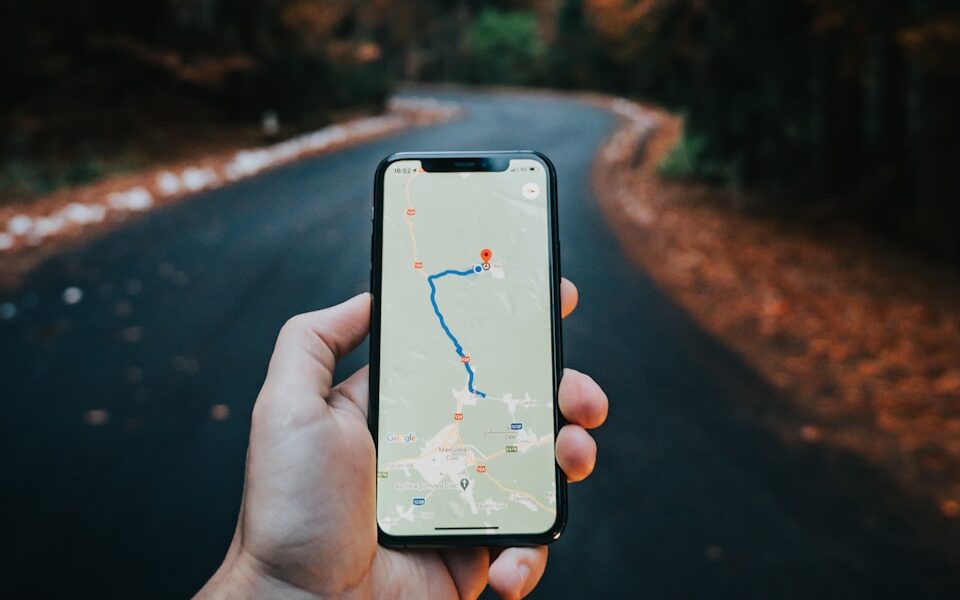
“길 좀 가르쳐 주시겠어요?”
Asking for Directions in Korean
Imagine you’re in Seoul, exploring its vibrant streets, and you find yourself needing to ask for directions. Here’s a simple conversation that might take place:
You: 실례합니다. 길 좀 가르쳐 주시겠어요? (Excuse me. Would you please show me the way?)
Local: 어딜 찾으세요? (Where are you looking for?)
You: 서울역에 가려고 해요. (I am going to Seoul Station.)
Local: 오른쪽으로 쭉 가면 서울역이 있어요. (If you go straight to the right, you will see Seoul Station.)
This exchange not only shows the practical use of language but also the importance of politeness in Korean culture.
Grammar Highlight: AVst에/아/여 주시겠어요?
This structure is used to ask someone politely if they are willing to do something for you. It’s a respectful way to make a request or ask for help. Here are a few examples:
- 제 가방 좀 들어 주시겠어요? (Would you please hold my bag?)
- 잠깐 앉아 주시겠어요? (Would you sit down for a moment?)
- 이 통역 좀 해 주시겠어요? (Would you translate for me?)
Related Words to Remember
- 실례하다 (to excuse oneself)
- 길 (a way, a direction)
- 가르치다 (to show, to inform)
- 어딜 (where)
- 오른쪽 (right)
- 쭉 (straight)
- 들다 (to hold)
- 잠깐 (for a moment, for a minute)
- 통역 (to translate)
Understanding these terms and phrases will not only help you navigate through Korea more easily but also enrich your experience of Korean culture. It’s the small interactions, like asking for directions or making a simple request, that can make your journey more authentic and memorable.
Tips for Learning Korean
- Start with Phrases: Learning set phrases used in everyday situations can be incredibly helpful. It allows you to communicate basic needs and understand responses.
- Listen and Repeat: K-Pop and K-Dramas are excellent resources for hearing natural Korean. Listen to the dialogues or lyrics and try to repeat them to improve your pronunciation and fluency.
- Practice Regularly: Consistency is key in language learning. Try to practice speaking, reading, and writing in Korean regularly to reinforce what you’ve learned.
- Engage with Native Speakers: If possible, engage in conversation with native Korean speakers. This real-life practice can significantly enhance your learning experience and confidence in using the language.
We hope this guide serves as a helpful starting point for your Korean language journey. Remember, learning a new language is a marathon, not a sprint. Be patient with yourself, and enjoy the process of discovering a new culture through its language. 화이팅! (Fighting!)
Source: Yonsei University. Korean Language Institute

